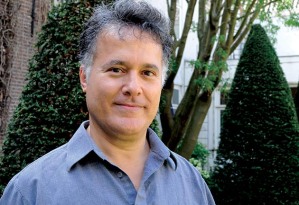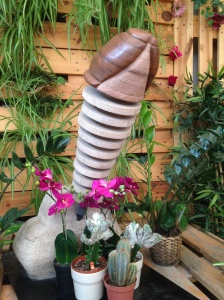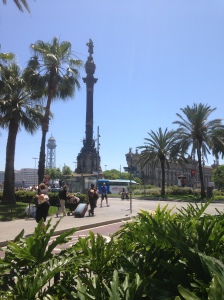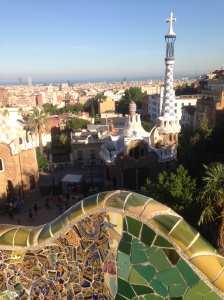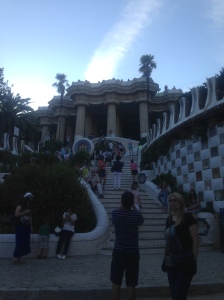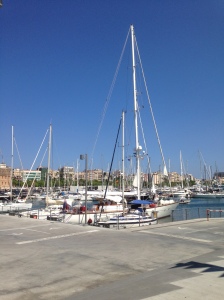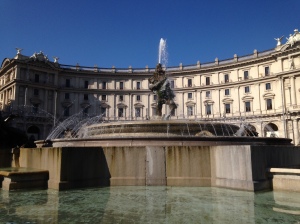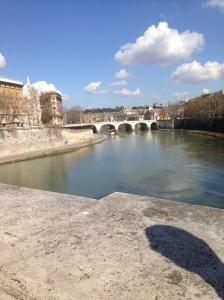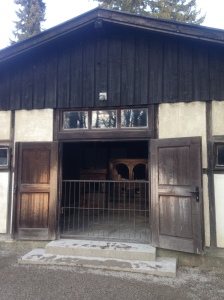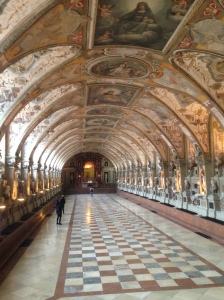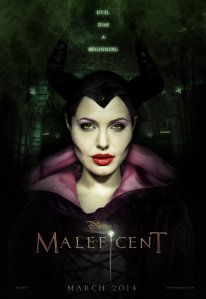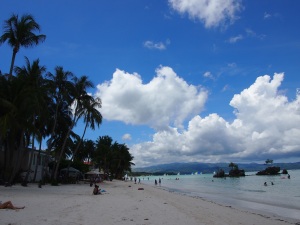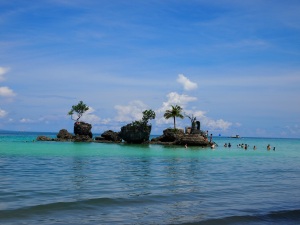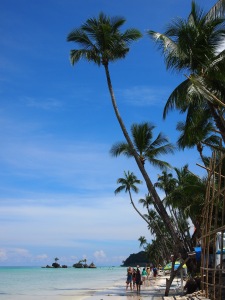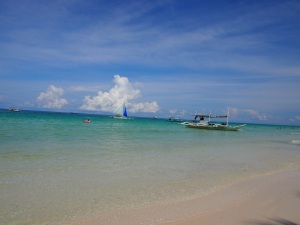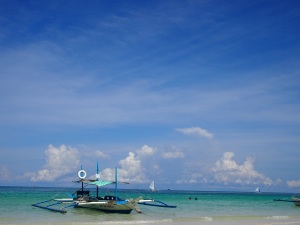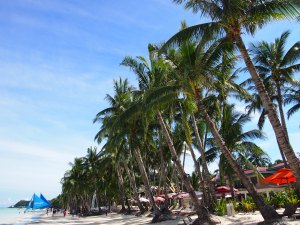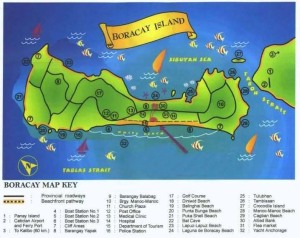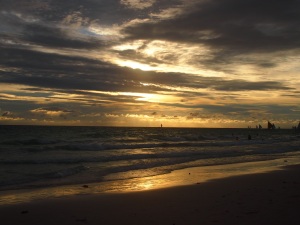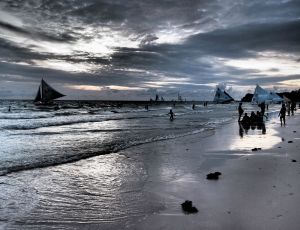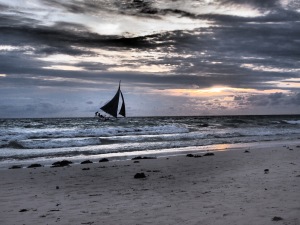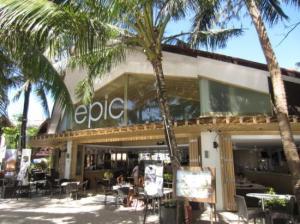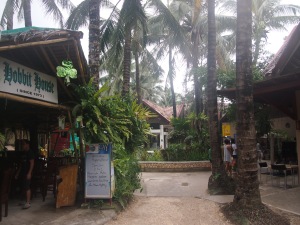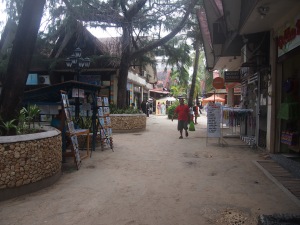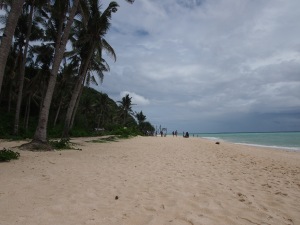13th is an insightful documentary distributed by Netflix and directed by Ava Duvernay, that explores the development of modern slavery in 21st century America and several features of today’s American society such as race, justice and mass incarceration.
A little word about the director, Ava Duvernay is a former publicist that changed career path to become a film director. She started with the production of documentaries because of their obvious lower costs and made it to direct the 100$ production, a Wrinkle in Time. An engaged and passionate storyteller of the history of race in the United States, her films and documentaries evolve around this cause to which she has become a major spokesperson. Ava’s movies have been nominated in several major festivals and prizes, and her name is today associated with the Duvernay Test that monitors racial diversity in Hollywood productions.
While watching Michael Moore’s documentary “Where to Invade Next?”, my attention towards the issue of mass incarceration and inhuman conditions in prisons was raised for the very first time. Moore goes to Norway (among other countries) to explore their prison system. He is completely puzzled by the fact that Norway prisons are a dignified space for prisoners that are not deprived from their humanity, but only from their liberty because of the crimes they committed. He is also surprised by the whole philosophy of prisons in the Nordic country: in Norway, prisoners are not humiliated for their crimes but simply put in “prisons” (that by the way look nothing like actual prisons with all the facilities that you could find in a 3 stars hotel) to reflect about the crimes they committed and pay their duty to society.
In that sense, the United States differ tremendously from Norway, and probably from the rest of the world for that matter. The 13th amendment of the US Constitution states the abolition of slavery, only under one circumstance: punishement. “Neither slavery nor involuntary servitude, except as a punishment for crime whereof the party shall have been duly convicted, shall exist within the United States, or any place subject to their jurisdiction.” Hence technically making any convicted felon a slave.

The documentary opens up with a very interesting statistic enunciated by President Obama: the United States make up 5% of world population and yet is home to 25% of world total prisoners population. In other words, one out of four persons that are behind bars today in the whole world is from the United States. The film then goes to investigate the history behind the current state of affairs that translates mass incarceration in the United States. After the civil war, the southern part of the country was devastated and needed labor force in order to economically reconstruct. The loopwhole of the 13 amendment was exploited in order to provide a helping hand, but also to align with the still standing racist beliefs and ideals.

Several tools were used in order to reinforce the white superiority ideology, such as art. The widely acclaimed motion picture movie “birth of a nation” was powerful in perpetuating the stereotypes of black violent man that rapes white women and that needs a correction through punishment and slavery. The movie was widely acclaimed and has contributed to the foundation of this biased justice system. It has also reinvigorated the mobs against black people and their public collective slaughter. As a result of this massive wave of terrorism were issued the Jim Crow laws of segregation.
Closer to our times, the documentary focuses on the policies of two presidents, Nixon and Reagan. The “law and order” doctrine, meant to reassure the american population to security matters has been used extensively as an electoral argument. Beyond the elections, a lot of their presidency has focused on law enforcement through mass incarceration and war on drugs. Instead of focusing on citizen’s real matters such as poverty, housing, employment that really created the “security issue”, they focused on dealing with the outcomes of the vicious cycle of poverty, especially in black communities.
War on drugs was a particular feature of the 80-90. It has criminalized drug possession and consumption extensively. Crack users which were more predominant in black communities were extensively hunted. This emphasis on crack was biased, especially because crack has the same molecular composition as cocaine and yet are not penalized the same way, cocaine being widely used among social elite and wall street golden boys.
The documentary also tackles the incestuous relationship of American elected officials and the lobbying association ALEC, the American Legislative Exchange Commision that influences and sometimes dictates policies according to the interests of large powerful multinationals. This is tightly linked to the gun industry but most particularly to the CCA , a private correction company that makes money out of keeping prisons full and influencing state legislative and justice system in order to make it more likely to imprison people for a very long time and for very minor crimes. Beyond this, prisoners are also subject to forced labor for major multinationals in prisons, hence modern slavery.
13th explores the several steps in the evolution of race issues, justice and prison systems and makes the point throughout this journey that there will always be another form of slavery and injustice in minority communities if their is no awareness and appeased leadership that can bring people together. Unfortunately, the Trump administration and the divisive rhetoric and policies, and the particular racist nature his electoral campaign, drives away this ideal more and more every day.
The documentary encourages citizens to take the advantages of the modern world such as social media in order to force the conversation about race and justice.








